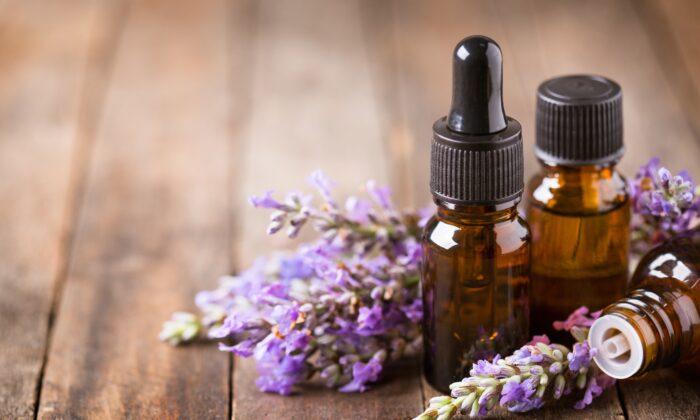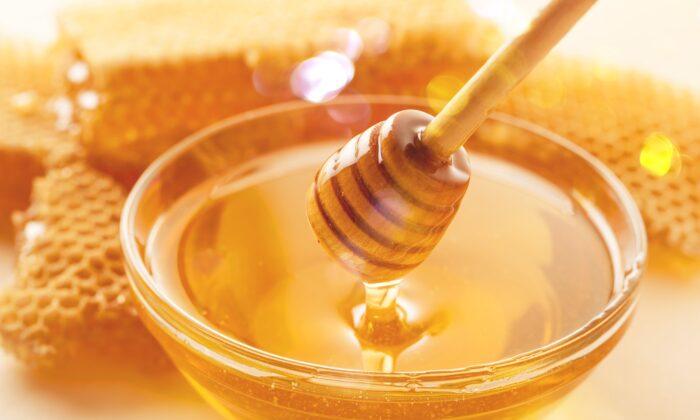Herbal Medicine
Herbs and essential oils have been playing an important role as health aids for millennia. According to archeological evidence, the first use of medicinal herbs dates back to the Paleolithic age, approximately 60,000 years ago. We can also find many records showing that the ancient Greeks already had an immense knowledge of herbal medicine. For instance, Achilles, hero of the Trojan War, used yarrow to treat his injured army. Nowadays, yarrow is still used in Scotland as a traditional ointment to treat wounds.What Is Aromatherapy?
Aromatherapy, using essential oils, was derived from herbal medicine, and it has long been used for treatments in Arabia and Europe. It developed in close connection with European alchemy, which aims to extract essential oils (considered a fifth element) from plants by steam distillation. Even today, many consider that essential oils are sacred medicines, possessing the power of plants.In the early 1990s, Robert Tisserand spread aromatherapy worldwide. Over the decades, it has gained popularity—mainly among females—as a hobby, beauty treatment, and relaxation method. In the medical field, aromatherapy has become an alternative medicine, often used as an adjunct therapy to prevent illness, or to improve the environment of a hospital.
- Inhalation through the olfactory system. When inhaled, they also dissolve from the lungs to the blood. The aroma molecules are converted into nerve impulses by the sense of smell and are transmitted to the brain, affecting the mind and body.
- Absorption through the surface of the skin. They pass through the skin, enter the bloodstream, and enter the body.
- Taken internally. But beware that some essential oils are not safe to ingest.
Rosemary Blended Herbal Tea
Serves 4During the medieval period (Middle Ages), rosemary was thought to be capable of dispelling negativity, and was symbolic of new beginning and rebirth. As the place that provided medical remedies to citizens at that time, most of the churches in Europe had rosemary planted in their gardens. Rosemary had important medicinal properties for alleviating muscle pain, as well as boosting the immune and circulatory systems. And the aroma will help to improve memory.
- 3 cups of water
- 1 teaspoon of dried rosemary
- 1 teaspoon of Rooibos
- 1 teaspoon of dried dandelion
- Honey to taste
- Boil the water in a pot
- Put all the herbs into the pot and steam for 5 minutes
English Lavender and Lemon Tea
Serves 4Lavender has over 45 different species with over 450 varieties. If you know the lavender well, it will be your best friend.
Lavender essential oil is one of the most popular essential oils used in aromatherapy. Even though there are many varieties in the species, English lavender and French lavender are what you should always keep in your house.
English lavender is an early summer-blooming flower that reminds you summer is just around the corner. It has a lighter scent compared to French lavender, but English lavender essential oil is a great ingredient for baking or making ice cream. And dry English lavender is perfect for entertaining houseguests.
- 3 cups of hot water
- 1 teaspoon of dry English lavender
- 1 teaspoon of honey
- 4 slices of lemon
- Put the dry English lavender into a teapot.
- Pour the hot water into the teapot, cover for 2-3 minutes.
- Serve the tea, and let the guests add the lemon by themselves.
- Once the lemon is in, it will transform the color of the lavender tea from purple to beautiful pink.
French Lavender DIY Air Freshener Spray
Ingredients- One spray bottle
- 1 teaspoon baking soda
- French lavender essential oil
- 2 ½ cups of water
- Add 1 teaspoon of baking soda to the bottle
- Mix with 6 drops of essential oil
- Add water and shake well
Home Remedies
Keep them in the home, but keep out of little mouths!This oil prevents mosquito and tick bites. A recent study showed that using a mixture of 32 percent lemon eucalyptus oil provided more than 95 percent protection against mosquitoes for three hours. Also, applying 30 percent lemon eucalyptus oil extract three times daily can significantly prevent tick bites for those who live in tick-infested areas.
Note: Lemon eucalyptus oil is, however, unsafe to take by mouth, and it is not safe for pets.
This super-essential oil originates from Australia. You always want to keep this tea tree oil in your house as a remedy. It is a powerful weapon against acne. It can calm inflammation and reduce acne-causing bacteria. In addition, it can prevent infection in minor cuts and abrasions, and it boosts wound healing.
Note: Avoid undiluted applications of essential oils. Applying a mixture of tea tree oil along with drops of a carrier oil, such as coconut oil, olive oil, or almond oil, is recommended.



Friends Read Free